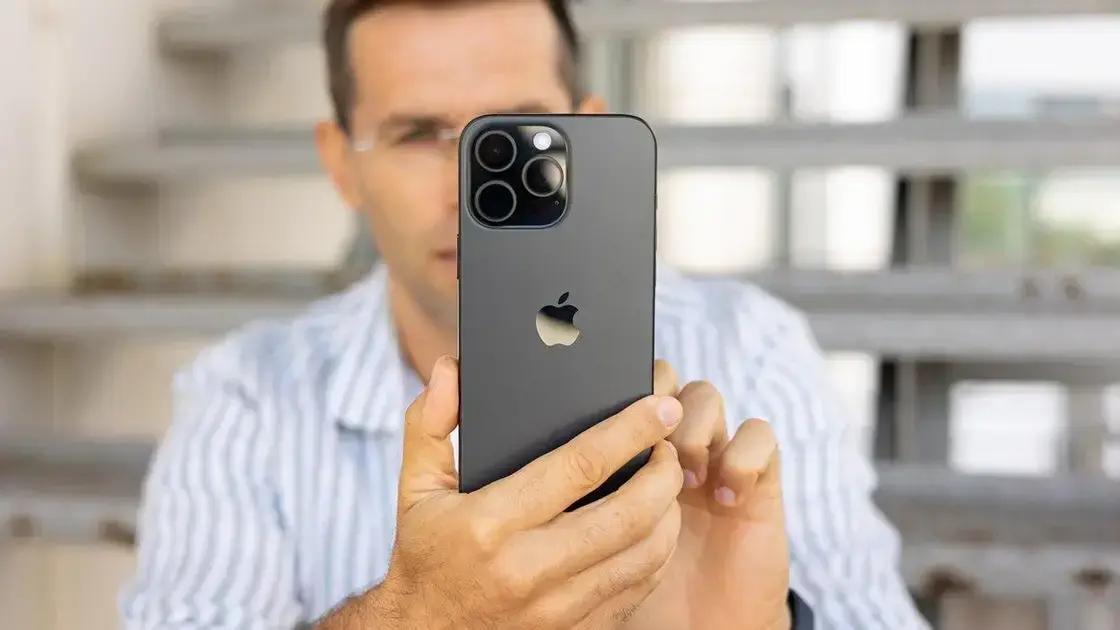Apple’s iPhone 16 Pro Subsidy Scheme in China Explained
Apple is reportedly offering a *subsidy scheme* for its iPhone 16 Pro models in China. This strategic move comes as the company faces increasing competition from domestic brands like Huawei. These brands often offer advanced technology at competitive prices, putting pressure on Apple’s market share. This new subsidy scheme could be a way for Apple to maintain its position in this crucial market.
Subsidy Scheme and Market Dynamics
The Chinese smartphone market is fiercely competitive. Domestic brands are constantly innovating, developing cutting-edge features and designs. In the past, we’ve seen this with foldable phones from companies like Huawei and innovative camera technology. For more insights into the Chinese tech landscape, you might be interested in this article about Rhino’s fundraising for growth. This subsidy scheme for the iPhone 16 Pro is a clear response to this competitive pressure.
Apple’s decision to implement this subsidy scheme is significant. It suggests the company recognizes the need to adjust its pricing strategy in China. While Apple products are known for their premium quality, they also come with premium prices. This can make them less accessible to a wider consumer base in price-sensitive markets. Learn more about Apple’s pricing strategies and controversies in Brazil, a similarly competitive market.
By offering subsidies, Apple is essentially lowering the effective price of the iPhone 16 Pro. This could make it a more attractive option for Chinese consumers, especially those considering switching from or choosing not to purchase domestic brands. The success of this strategy will depend on how the subsidies are structured and implemented. Read more about fraud and its impacts on customer bills.
It’s also worth considering how this subsidy scheme might affect Apple’s overall revenue in China. While lower prices could boost sales volume, there’s also the potential for lower profit margins per unit. It will be interesting to see how Apple balances these competing factors. For more on financial trends, check out our article on tokenized transactions.
Subsidy Scheme: A Deeper Dive
This particular subsidy scheme is targeted specifically at the iPhone 16 Pro. This could be because the Pro models represent Apple’s highest-end offerings. They pack the latest and greatest features, from advanced cameras to powerful processors. By subsidizing these models, Apple may be aiming to attract high-value customers who are willing to invest in premium technology. Explore our review of high-end audio gear from CES 2025.
The decision also raises questions about the future of the standard iPhone 16 and other models in China. Will they receive similar subsidies? Or will Apple focus on promoting the Pro models to bolster its position in the premium segment of the market? For more insights into smartphone technology, consider this article discussing innovative displays. The answers to these questions could reveal a lot about Apple’s long-term strategy in China. Meanwhile, learn more about Samsung’s innovative new hardware subscription plan.
It’s not just hardware; Apple’s services are also evolving. Discover more about updates to their privacy policy and how they are addressing fake news challenges.
Consumers are always seeking the best value for their money. Whether it’s a discounted monitor, a new keyboard, or the latest tech gadgets, keeping up with market trends is essential. Learn more about affordable laptops and other tech options in our dedicated articles.
The impact of the *subsidy scheme* on the Chinese market remains to be seen. However, it highlights the increasingly competitive landscape and Apple’s willingness to adapt. Consumers could benefit from more competitive pricing. The mobile landscape continues to evolve. Check out our coverage of the mobile phone industry in Mexico to see how other markets are adapting.
Via PhoneArena


